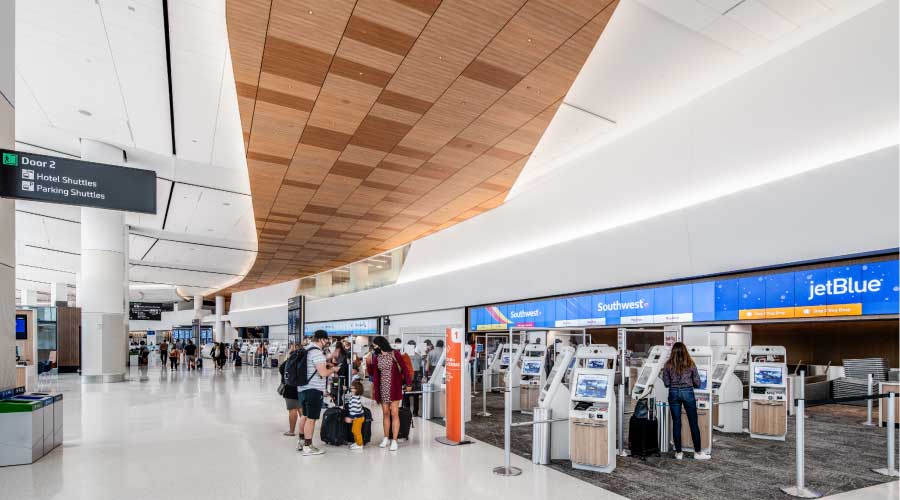Why Drexel University Chose Green Globes Over LEED
Drexel University's main campus sits on a 74-acre parcel of land just west of the Schuylkill River near downtown Philadelphia. Since 2005, when the university's enrollment was 18,526, the number of students attending the university has grown to 25,000. In just the past five years, to accommodate that growth, the university has built approximately half a billion dollars of new buildings, including the 130,000-square-foot LEED- and Green Globes-certified Papadakis Integrated Sciences Building, which opened in September 2011, and a $42 million, Green Globes-certified, 84,000-square-foot addition to the campus's Recreation Center. Francis and his team also are at work on several current projects, including expansions to the College of Business and the university's athletic center, and a brand new $44.7 million, 161,000-square-foot home for the College of Media Arts and Design, called the URBN Center.
But that growth over the last several years is but the tip of the iceberg. In the next 10 years, enrollment is expected to grow to 34,000 students and approximately another billion dollars of construction is planned. Francis is helming this construction boom now and into the future, as he's just completed a 30-year master plan for the campus, which he intends to see through for as long as he can.
"Bob just loves to build buildings," says Tucker. "He's much more detail-oriented than most vice presidents. He genuinely enjoys walking through the buildings."
And all of the new structures will be built to Green Globes standards.
Which raises the question: Why Green Globes, as opposed to other, possibly more popular, rating systems? "For us, we were looking for a different approach," says Francis. "We did use LEED once (on the Integrated Sciences Building) to demonstrate we could get LEED certification. But we wanted a system that's a little heavier on self-assessment."
Green Globes is an online system that awards points on a per-strategy basis, similar to LEED. Based on the Building Research Establishment Environmental Assessment Method (BREEAM) international standard, Green Globes was brought to the U.S. in 2005 by the non-profit Green Building Initiative.
Green Globes projects can earn up to 1,000 points, including 380 for energy efficiency strategies, and 200 for indoor environment strategies. Project teams wishing to earn certification complete a preliminary self-assessment online, but then also go through a formal third-party on-site assessment. The project is then awarded a rating of one to four Globes (similar to LEED's Certified, Silver, Gold, Platinum) — four Globes for achieving 85 to 100 percent of the 1,000 points possible, or one Globe for achieving at least 35 percent.
The Integrated Sciences Building and the Recreation Center addition both achieved three Globes. And the College of Business addition and the new URBN Center are both expected to be four Globes-certified. Two other projects — the Millennium Residence Hall, a 17-story dorm opened in 2009 and the 5,000-square-foot Northside Dining Terrace — earned two Globes.
Francis says two of the advantages of Green Globes are that it requires less time to go through the submission-for-certification process, and it's less expensive than alternatives. But, really, the main reason the university uses Green Globes is that Francis says he thinks it's just as a fine a system as any in terms of environmental rigor.
"We try to not confuse outcomes with processes," he says. "Green Globes outcomes are just as good as other systems. We don't think it inhibits the quality of our buildings at all."
Related Topics:














